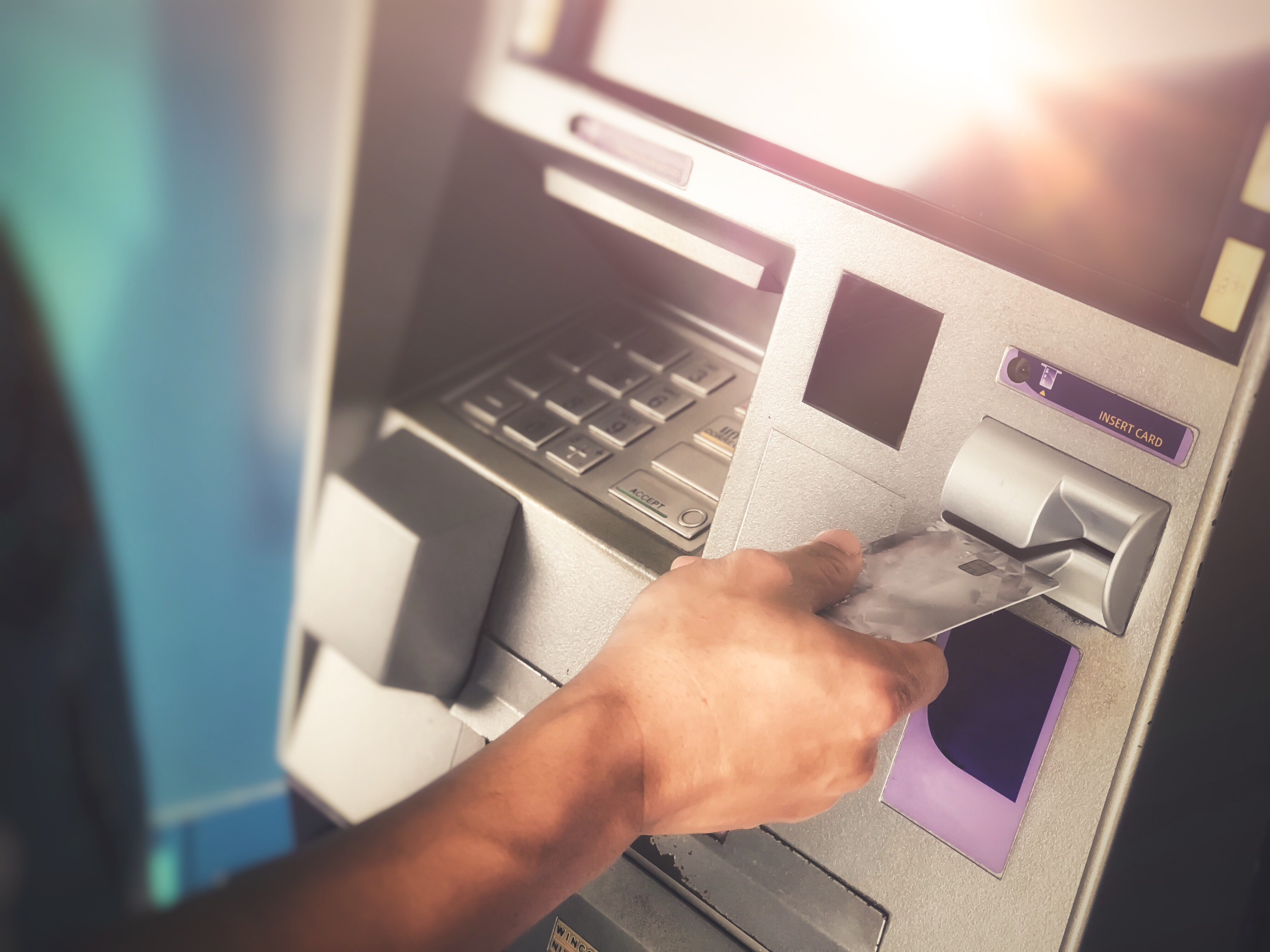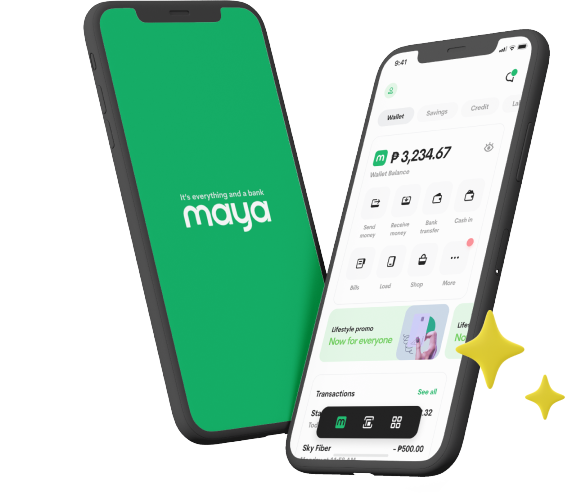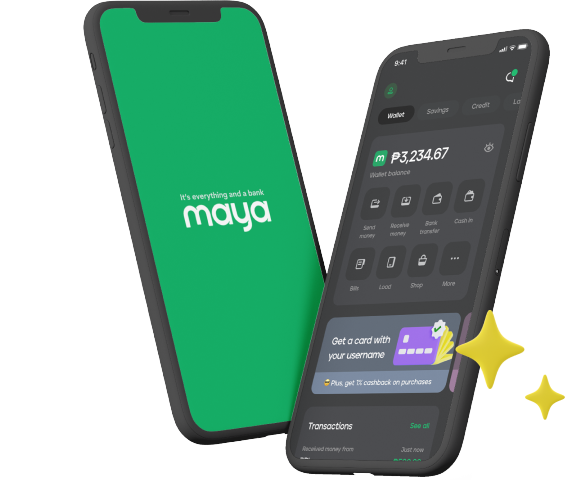Credit cards make daily transactions much more seamless and hassle-free. For instance, you can breeze through an in-store checkout by simply swiping your credit card to pay instead of having to spend time counting bills and coins by the cashier. Such conveniences and other benefits such as credit card rewards have encouraged more Filipinos to use credit cards for both their online and in-store transactions. That being said, this increase of credit card adoption in the Philippines has also spurred criminal actors to be more active in targeting cardholders to gain access to their credit card details and use these for fraudulent activities.
Maya recognizes this ever-present threat to the safety of credit card holders’ information, which is why we employ top-notch security features to provide secure online credit card transactions for our users. One way we’re able to give Maya credit card users peace of mind is by giving them full control of their card’s spending limits. Through the Maya app, users can set daily spending limits for their Landers Cashback Everywhere Credit Card or even toggle on and off various transactions such as online payments, foreign transactions, and chip payments. Hence, any fraudster trying to use the card for such transactions can be thwarted from doing so. Maya credit cards also employ 3D Secure, which allows users to receive a one-time password (OTP) for online purchases to validate whether it truly is them who is making the purchase.
That being said, credit card scams can extend offline as well. One such type of credit card scam is skimming. Even the safest credit card can be vulnerable if the cardholder isn’t aware of how to spot if their card is being skimmed already. In this short guide, we’ll fill you in on the things you need to know about credit card skimming and how to avoid falling for it so you’ll be well-informed on how to ensure safe transactions each time you use your card.
What Is Card Skimming?
Credit card skimming is a scam that makes use of hidden card readers attached to an ATM or a point-of-sale (POS) terminal. These skimming devices capture the magnetic stripe information on the back of a credit card during a legitimate transaction, allowing criminal actors to get a copy of your credit card information. This information is then cloned onto a blank card, which the scammers can then use to make unauthorized purchases and other fraudulent transactions. In the case of ATMs, a fake keypad is placed on top of the original keypad to record the card user’s PIN as they enter it.
How To Avoid Being a Victim of Card Skimming
Protecting yourself from credit card skimming requires vigilance and awareness of skimming tactics used by scammers. First, always inspect terminals where you have to swipe or insert your credit card for any signs of tampering. Look for loose parts, mismatched colors, or any part of the terminal that seems out of place. For ATMs, inspect the keypad to check if there’s nothing placed on top of it. Another sign is that a tampered terminal may be bulkier than usual because it has additional parts attached to it.
Make sure you’re transacting in well-lit and monitored areas as well. Payment terminals that are in poorly lit locations are easier to tamper with given the lack of security. You’re less likely to encounter skimming devices in ATMs or payment terminals located inside malls, for instance, as those machines are being closely monitored.
In addition, always check your card’s transaction history to spot any suspicious activity. This can clue you in if your card’s already being used by a scammer. Set up transaction alerts to be notified via SMS or email whenever a purchase is being made using your credit card to help you detect unauthorized transactions promptly.
Another great way to protect yourself from card skimming is to use credit cards that offer enhanced security features, like the Landers Everywhere Cashback Credit Card. One of its key protections is the dynamic CVV (card verification value) feature, which generates a new CVV code for every online transaction. Unlike the static three-number CVVs printed on the back of most credit cards, this dynamic code is valid for only 24 hours, making it much harder for scammers to keep reusing your card information.
Additionally, the card also uses one-time passwords (OTP) for verifying online purchases, providing an extra layer of security. Every time you make a transaction, a unique OTP is sent to your registered mobile number or email, ensuring that only you can authorize the purchase. These added security measures help reduce the risk of fraud, making it even safer to use your credit card for both online and in-store transactions.
Steps to Take If You’ve Been Targeted by Credit Card Skimming
If you suspect that your card has been compromised due to credit card skimming, then call your credit card provider right away so they can freeze the card or block the card and then have it replaced. For Maya credit card users, this can be accomplished on the Maya app by following these steps:
- Go to “Cards” and select your credit card.
- Tap the gear icon to open your card settings.
- Select “Card Security” then “Freeze the Card” (to temporarily block the card) or “Block Lost or Stolen Card” (to permanently block the card and get a replacement).
- If you select “Block Lost or Stolen Card,” choose a reason and then click “Confirm” when prompted.
- Once your card is canceled, you can tap “Order a New Card” to get a replacement. Do keep in mind that card replacement fees may apply.
Keeping your credit card safe doesn’t have to be a stressful endeavor. By staying vigilant and taking necessary precautions, you can protect yourself from falling victim to scams such as credit card skimming and thus shop using your credit card without any worries.
You might also like
These Stories on Maya Bank





